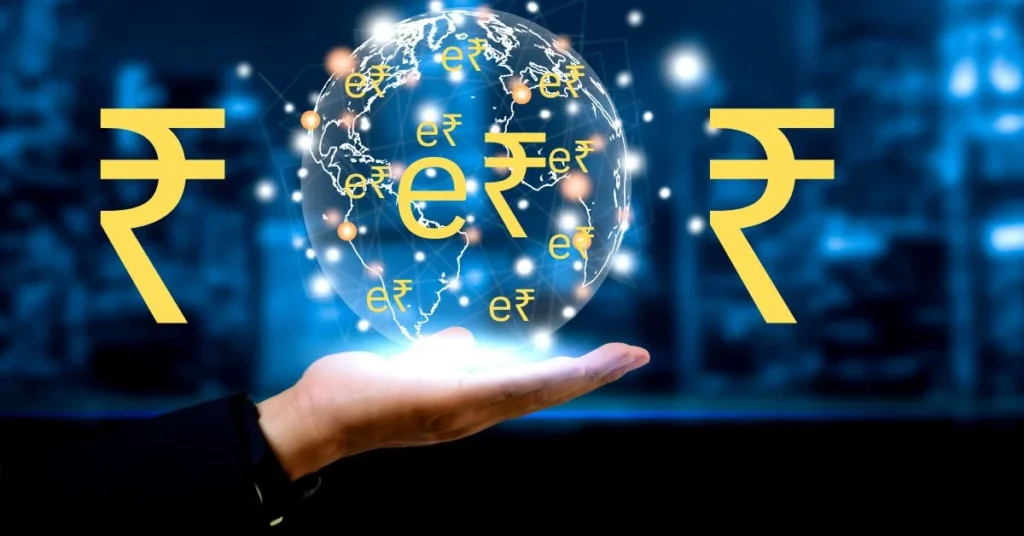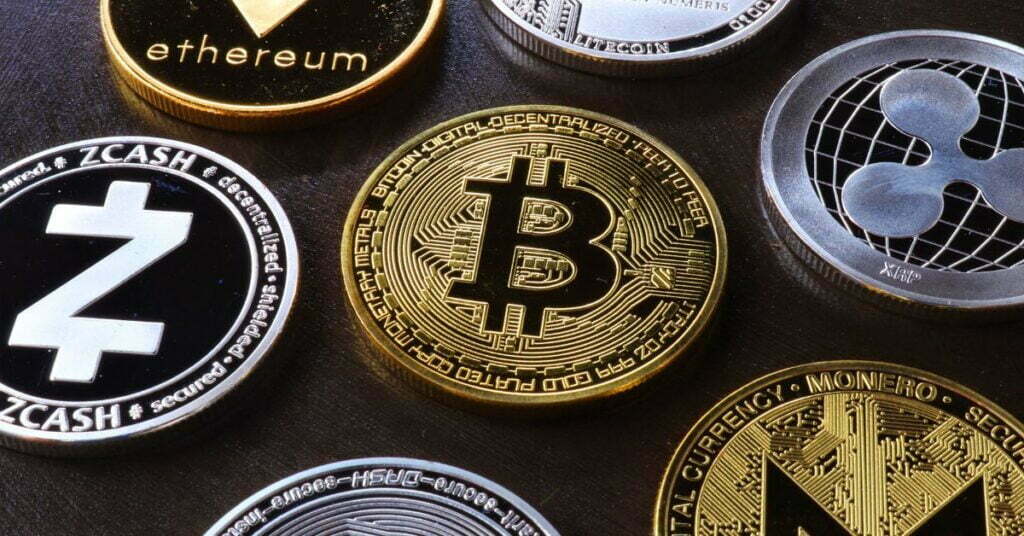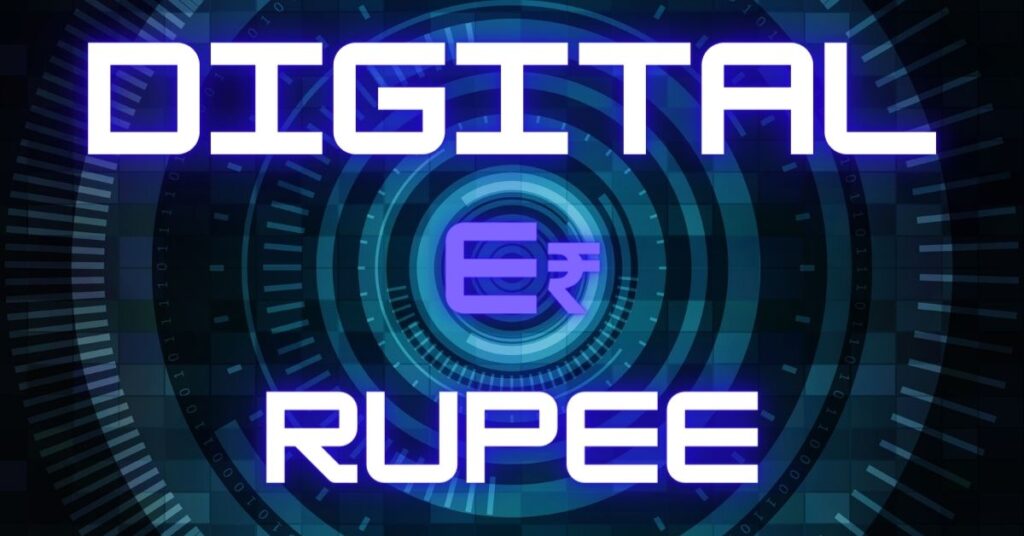On November 1, 2022, the RBI, the central bank of India, introduced the digital rupee, also known as the e-rupee. Since the digital rupee is delivered by the Indian Central Bank in digital form, another term for it is the Central Bank Digital Currency or CBDC.
Digital rupee pilot release
Right now, it solely applies to the wholesale market for digital rupees. The use case for this pilot project is the settlement of secondary market transactions in government securities. With the advent of e₹-W, it is anticipated that the interbank market would become even more effective.
Settlement in central bank money will save transaction costs since there will be no need for infrastructure to support settlement guarantee schemes or for collateral to reduce settlement risk. Future pilots will focus on other wholesale transactions and cross-border payments based on the results of this one.
Nine banks, including SBI, BOB, UBI, HDFC Bank, ICICI, Kotak, Yes Bank, IDFC First Bank, and HSBC, have been chosen to participate in the trial.
Within a month, it is planned to launch the first trial for the Digital Rupee – Retail segment (e₹-R) in a few key locations with a small number of closed user groups made up of customers and merchants. In due course, authorities will reveal the e₹-R pilot’s operationalization.

What is a digital rupee?
A digital rupee is an electronically encoded form of a currency note. There are only digital and electronic ways to receive digital currency. Other names of digital currency are electronic money, digital money, virtual money, and cybercash. People can access this form of money only through a computer or mobile device. To access a device’s internal digital money, one must have internet connectivity.
What is CBDC
A central bank, sometimes known as “Central Bank Digital Currency,” issues currency notes in the form of digital money (CBDC). Although the primary motivators for it depend on the unique demands of each country. The majority of central banks around the world are investigating the issuing of CBDC.
There will be an alternative to the current forms of money in the shape of the digital rupee or e₹. Although almost identical to banknotes, it is unquestionably simpler, faster, and less expensive. Because it is the digital form of conventional banknotes. It also offers all the transactional advantages that other digital payment systems offer.
The creation of a digital rupee that is as similar to paper money as possible and the successful implementation of the launch of the digital rupee are the two key objectives of the Reserve Bank’s strategy. It performs the same duties as a sovereign currency and is interchangeable 1:1 with fiat money.
Despite the fact that money in digital form is the norm in India, for instance in bank accounts recorded as book entries on commercial bank ledgers, a CBDC would differ from the existing digital currency that is available to the general public in that it would be a liability of the Reserve Bank rather than a commercial bank.
Characteristics of CBDC
- As part of their monetary policy, central banks issue this sovereign money.
- It appears as a liability on the central bank’s balance sheet.
- All people, businesses, and governmental organizations must recognize it as a legitimate means of payment, a unit of account, and a trustworthy store of value.
- It is freely convertible into both cash and the money of commercial banks.
- The price of printing money and carrying out transactions is anticipated to decrease.
- Those who hold fungible legal currency are exempt from having a bank account.
Merits of CBDC
Because it is a sovereign currency, it ensures settlement completeness, reducing settlement risk in the financial system. Additionally, CBDCs might make it possible for real-time, frictionless, and more cost-effective connections across cross-border payment systems. India has made significant advancements in terms of digital payment innovation.
The payment systems are generally real-time and available to retail and wholesale customers around-the-clock, 365 days a year. Users have a variety of options for processing transactions, transaction costs are among the lowest in the world, and digital payments have developed spectacularly over the past five years, with a CAGR of 55%.

Is Digital Rupee another form of Cryptocurrency?
Typically, people will consider “digital currency” to be a sort of cryptocurrency. The most important thing to remember is that, despite the wide variety of digital currencies, not all of them are actually cryptocurrencies. Blockchain technology is the cornerstone of both cryptocurrencies and digital cash. Centralized and decentralized digital currencies are the two main categories.
Physical currency is a centralized form managed by the central bank, despite the fact that significant cryptocurrencies like Bitcoin and Ethereum are examples of the decentralized form. Cryptocurrencies, however, are decentralized. Cryptocurrency is a kind of digital currency in which, as opposed to a central authority, a decentralized system using cryptography is used to keep track of transactions and authenticate them.
It is clear that this is not a cryptocurrency because the Central Bank of India will control the CBDC (Central Bank Digital Currency). However, beginning on November 1, 2022, we will have access to digital money, also referred to as “e-money” or “e-money,” issued by the RBI, to make transactions.
The Indian government’s policy is to promote digitalization in order to transition away from a cash-based economy.
Source: RBI





Yes, indeed, it has government support and is controlled by regulators, unlike cryptocurrency, which is decentralized and has no support from governments or central banks.
yes of course!
Hello there, You have done a great job. I’ll definitely digg it and personally
suggest to my friends. I’m confident they’ll be benefited from this site.